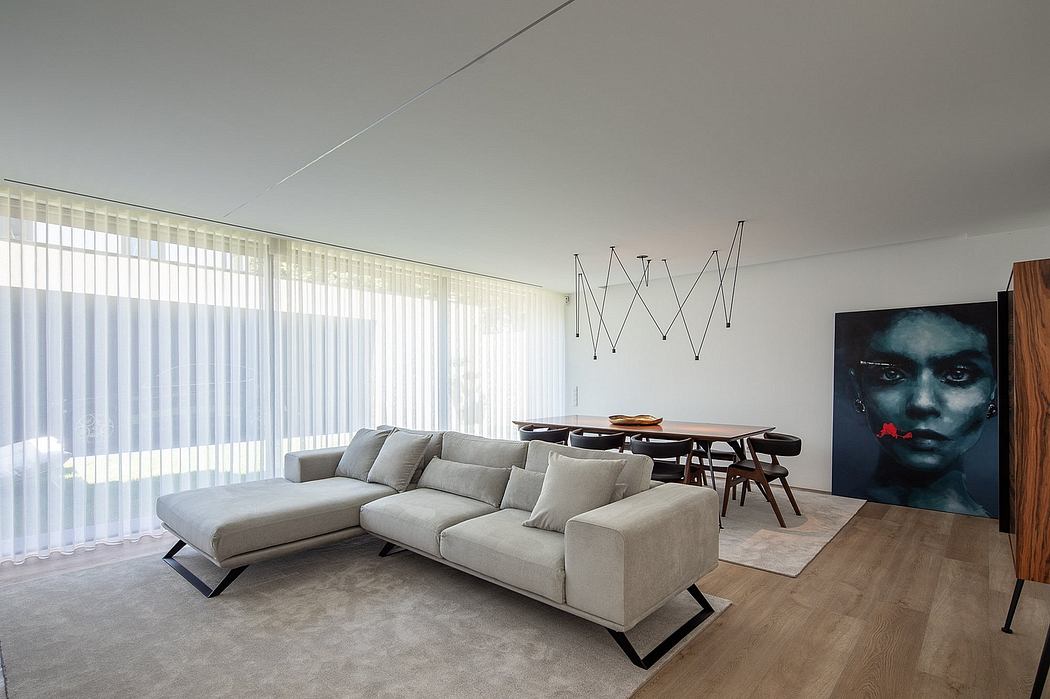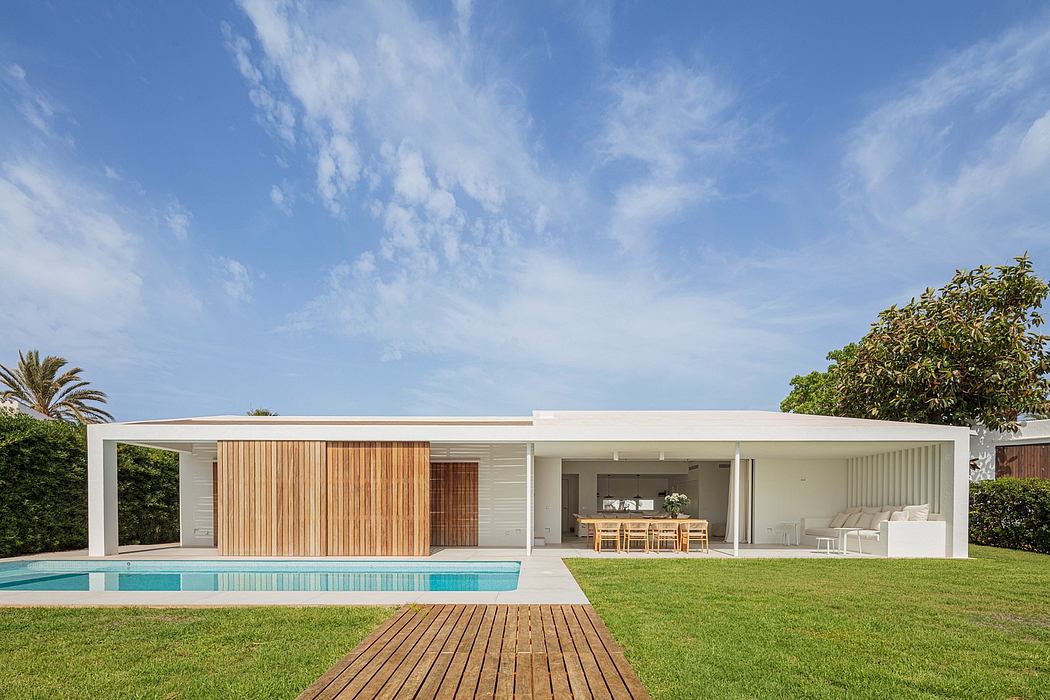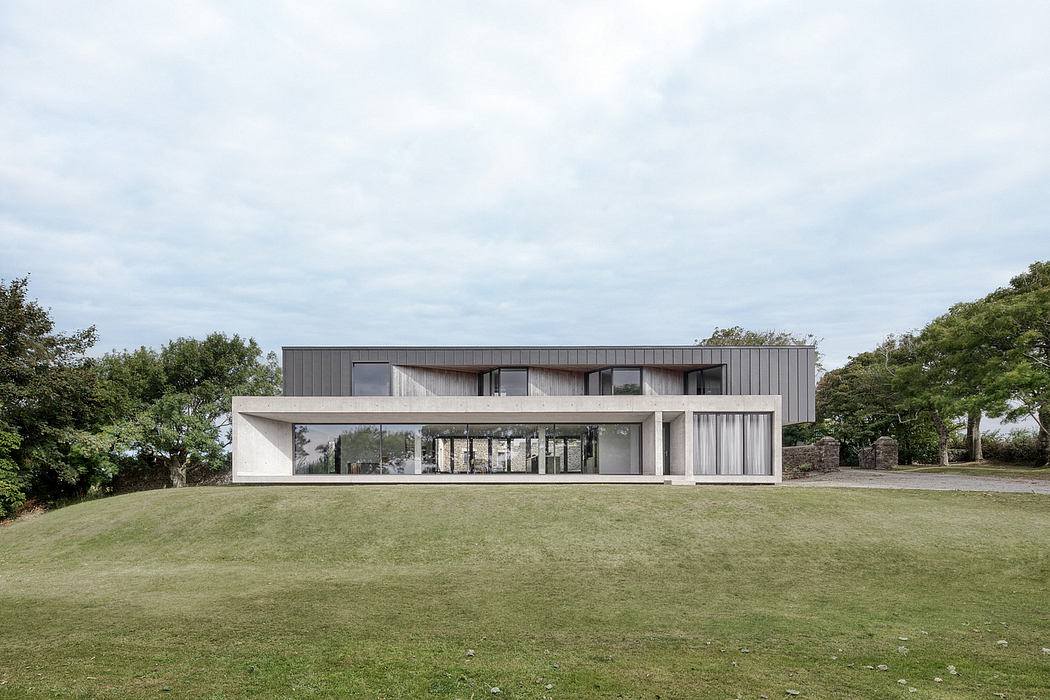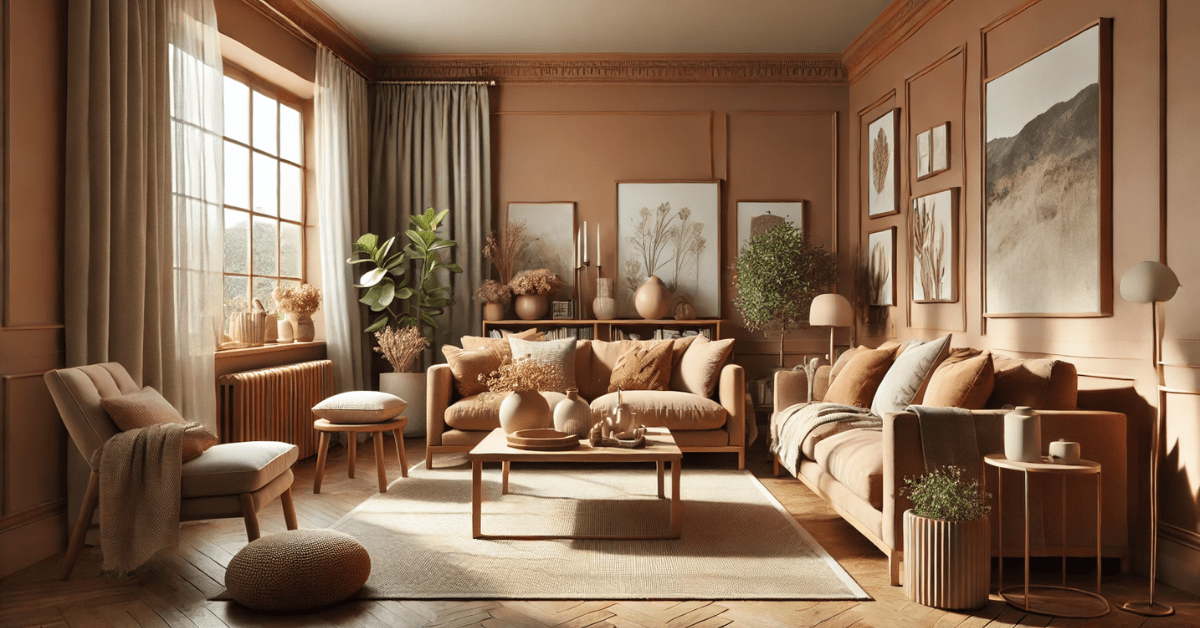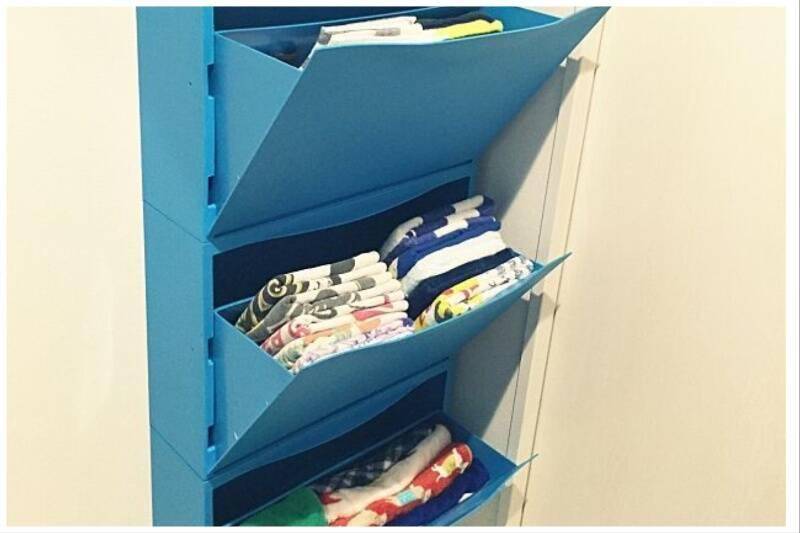How the television transformed our homes
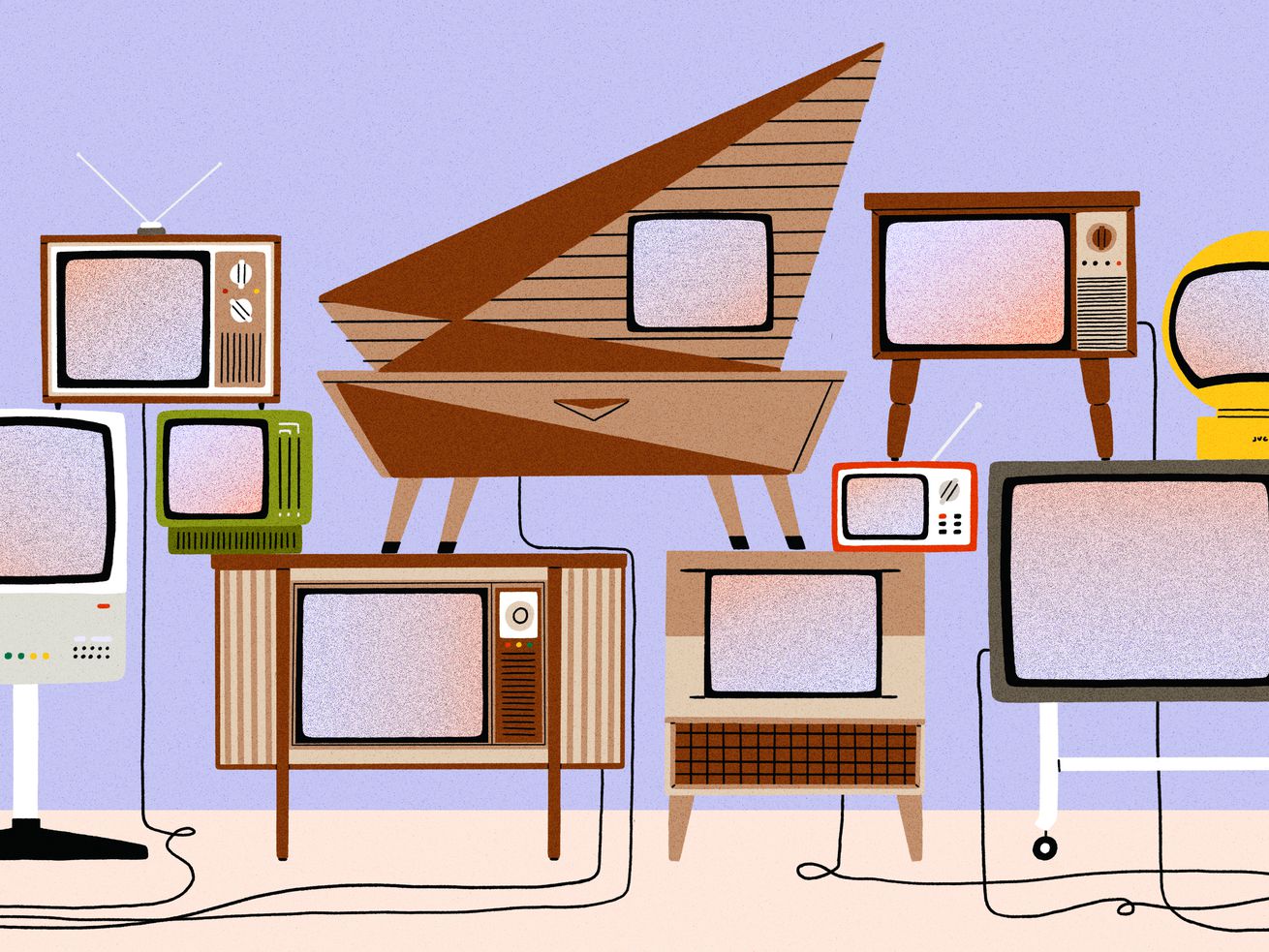
TV?s entry into our living spaces began a nationwide conversation about where the sets should go and how they should look Since the ?Big Three? networks and basic cable gave way to streaming services, TV viewers have had access to a dizzying variety of on-demand offerings in increasingly specific genres. As a result, we?ve drifted further and further away from the shared viewing experiences of previous generations, like the Season 3 Dallas cliffhanger in 1980 that left millions of viewers asking ?Who shot J.R."? all summer.
This diversification is as true for the devices we use to consume TV programming as it is for TV?s content. At various points in its nearly 100-year history, the television has been an item of furniture designed to match a living room set, a high-tech piece of media equipment, and just one of the many functions of a computer or a smartphone. Soon, television will even be wallpaper: In January of this year, LG announced the Signature OLED TV, a new product line that will allow consumers to roll a device onto a wall anywhere they choose. The Victorians would no doubt be confused, but perhaps also impressed. The history of television?s place in domestic interiors fits into a much larger story about the look of technology in the home. Are pieces of consumer technology machines, furniture, or something else" In the second half of the 19th century, when the Singer Corporation began developing the sewing machine as a consumer product, it found t...
| -------------------------------- |
| Musician's Mirror uses instant feedback to alert performers to bad posture |
|
|





